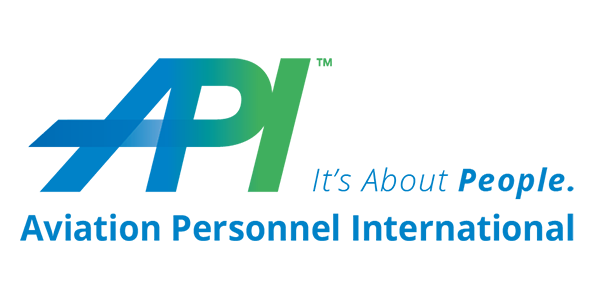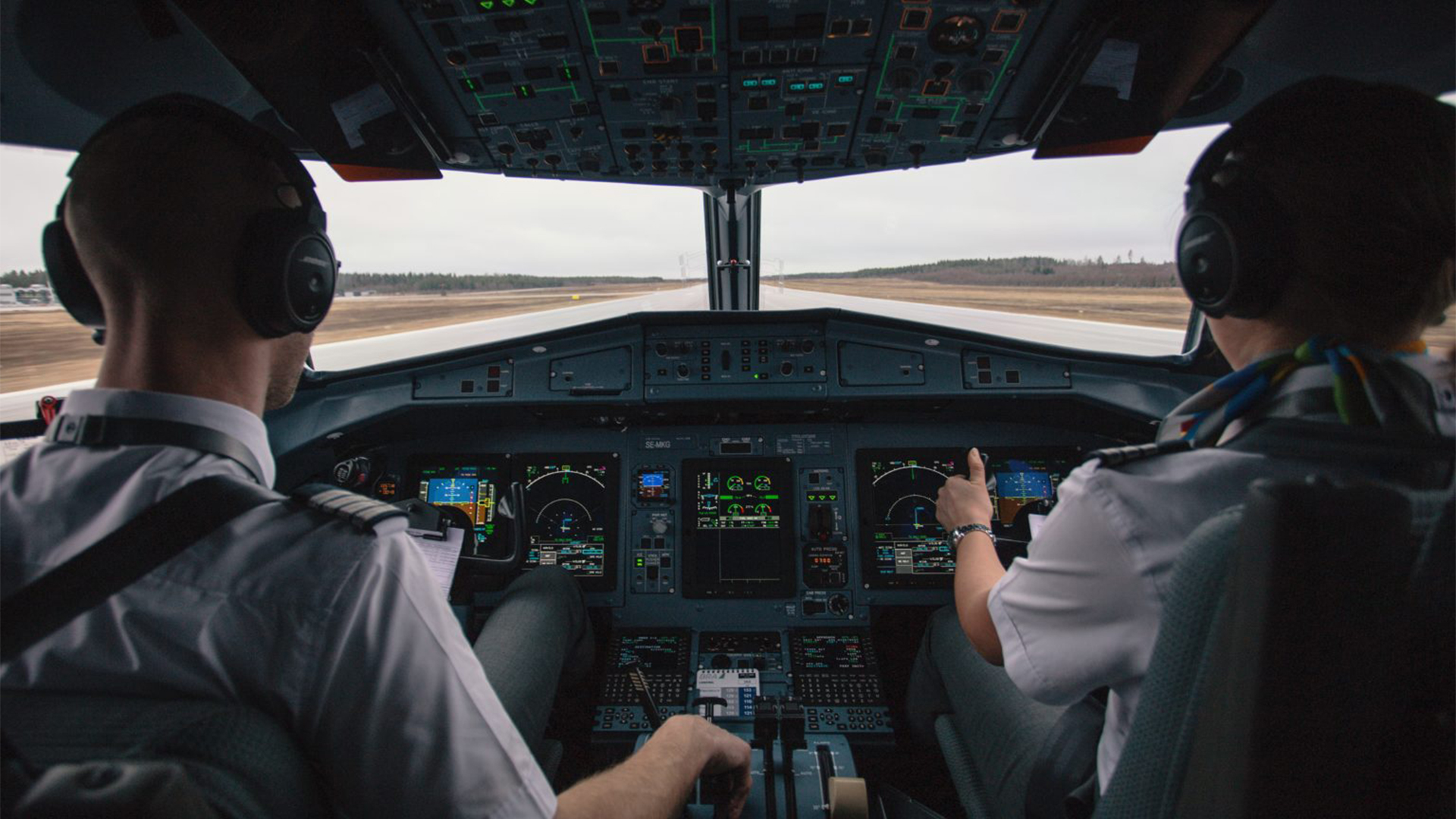This article about whether to go with the ‘diversity hire’ vs. hire the ‘best candidate’ appeared in Aviation International News. View here.
A colleague of mine recently heard a story involving an “aha” moment with a Fortune 500 CEO. Upon boarding the company jet and seeing an all-female flight crew, the CEO (a male) made a comment that questioned the safety of the flight. Thankfully, his female CFO was also on the airplane and she promptly rebutted his comments by saying, “Really? I’m good enough for the C-suite, yet you doubt their capabilities on the flight deck?”
Creating diverse workplaces is a hot topic in every industry. And such is the case in business aviation. Many of these Fortune employers, known for their diversity programs, are mandating that their flight department staff reflect their workforces.
There are at least two challenges to this mandate, if not many more. First, there’s an overall lack of diverse talent throughout the business aviation industry. Second, there’s the mentality that aviation is a technical role and, as such, we shouldn’t need to worry about diversity. We just need to hire the “best” person for the job—the “qualified” candidate.
So let’s dig in…
Business Aviation Lacks Diversity
It’s no secret that the aviation industry is behind the curve when it comes to employing women and people of color. In the United States, 94 percent of aircraft pilots are white men, according to the US Bureau of Labor Statistics. Breaking things down even further into pilot categories, women make up less than 6 percent, Latinos 5 percent, African Americans 3 percent, and Asians 2 percent.
STEM careers, in general, are lacking when it comes to diversity. But aviation appears at the bottom—especially regarding women. And that’s in spite of the fact that women make up 50 percent of the U.S. population.
The percentage of females in the U.S. in other STEM roles is as follows: Veterinarians, 64 percent; Dentists, 28 percent; surgeons, 26 percent; computer programmers, 21 percent; aerospace engineers, 13 percent.
Our Demographics are Changing, But Bizav Isn’t
World demographics are changing. As the workforce and ideas about work evolve, we must proactively evolve with them to diversify and build our talent pipeline. So as an industry, it’s imperative that we recognize that a valuable source of talent lies beyond our current demographics.
To further demonstrate the need to attract diverse aviators, consider the fact that the white population is declining across all 50 states. And that the younger generation is becoming more diversified, according to latest U.S. Census.
With regard to a lack of diversity and gender roles in aviation, let’s not beat ourselves up about what did or didn’t happen in the past. There are countless factors that contribute to previous years’ demographics.
Instead, let’s talk about what we’re doing about it now. Are we adapting and changing with the times? Are we prepared to help shift the paradigm and move into the future? Or do we want to linger in the past?
And speaking of change, in 2019, for the first time, more than half of the nation’s population under age 16 identified as a racial or ethnic minority. Among this group, Latino/Hispanic and Black residents together comprise nearly 40 percent of the population.
Where’s Our Talent Pipeline?
The diversification we’re seeing is a good thing. It means that a diverse talent pipeline is heading our way, and now’s the time to recruit them. Not to mention make them feel included.
But, of course, it’s not that easy. Just one of our many barriers to accomplishing this regard the cost of aviation and aerospace careers. And, what’s more, most entry-level aviation careers still pay fairly low wages, which means that there’s a long road to the coveted six-figure captain pay.
Thus, piloting jobs are no longer considered “sexy.” Not one aviation role is listed as a Top 25 career path. And, by the way, parents look to these types of lists when influencing their kids on how to choose a career path.
For the longest time, business aviation has largely been a “who you know” industry. Most of the pilots flying business jets today were originally inspired by a friend or family member. Or they came to us via the military.
Yet there’s a declining population of young men and women who are eligible for service, according to The Heritage Foundation. And there are fewer people with a personal connection to the military to help influence their decision to enlist.
And, of course, as a civilian, there’s a high cost of entry to the piloting profession. Especially when you consider the time and money required to become an air transport pilot—up to 10 years and $66,000+.
The ‘Best Candidate’ Status Quo
Yes, diversity efforts are increasing. And it’s more common to include (and strongly consider) underrepresented candidates in the interview process. But it’s often the white male pilot who receives the offer. Why? Because he’s considered the “most qualified” or “best” fit.
But isn’t the “best” a bit subjective? The “best” might just look like more of the same, based on the composition of your existing team.
Maybe hiring the same type of skill set (for example, 3,000 flight hours and an ATPL) has worked in the past. But is the pilot you hired five years ago going to be what you need next year? Or five years from now?
If you’re recruiting the same type of person, how will you grow and evolve? Are your hiring practices one-dimensional? Are you heavily weighting candidates based on “tried-and-true” skill sets that are passé?
It’s easy to fall back on type ratings and minimum flight hours, but that can be shortsighted. Instead, I encourage you to look at your own biases and contemplate the soft skills needed on your team.
“[Emotional quotient] EQ skills are critical in aviation,” explained Sean Lee, global v-p of general services at The Coca-Cola Company. “We need people who are flexible, who can think through problems and relate to people. It’s important to define what you’re looking for and get very specific.
“Not to mention talk to your team about what diversity looks like in your organization. Young and seasoned, black and white, male and female, military and civilian. Most pilot candidates who get to the interview stage will have the base level of hours and technical skills—the IQ skills. But what do they bring in terms of EQ?”
Diversity Hire: Look for EQ
What are the strengths you’re looking for? What’s the attitude versus experience factor? As one aviation department leader recently told me, “I can buy skills; I can’t buy passion.”
Now I’m not suggesting that safety and technical experience be traded for soft skills, but examining each candidate for their type of experience, coupled with their soft skills and background, is the message.
Look beyond the norms and give deeper consideration to a prospect’s schooling, type of flying, mentors, industry involvement, the obstacles they’ve overcome to get to where they are, and all the other important aspects of a developing career.
That’s why we recommend that you avoid advertising a job opening based on your candidates meeting an extensive list of “experience.” Rather, think about the skills and fundamentals you need now and in the future.
What do you need to become even better? How can you hire differently instead of it being a repeat of what you already have? If you’re not intentionally looking beyond the obvious hiring choices, you’ll be doomed to expanding the same homogeneous group.
Why not go ahead and make changes now, as it will very likely help your organization attract more diverse talent?
But maybe you’re thinking, “Why can’t we just hire the best person for the job—regardless of their race, gender, or orientation?” If so, you’re not alone. It’s a common objection to diversification and one that can feel like a reasonable argument.
The trouble is, as we’ve noted above, the “best” is very subjective. And we, as human beings, when left to our own devices have a natural tendency to hire what feels familiar and comfortable—as opposed to challenging the status quo.
I implore you to push yourself to think more critically and strategically about our workforce development issues. And, remember, we must tap into these additional talent pipelines to help sustain our success and future growth.
“All of the data says diverse teams perform better—every single study,” Coca-Cola’s Lee said. “But it’s up to each department leader to figure out how to include their team on the why and the how. When we understand the benefits and get clear on what diversity means, is when we’re finally going to start creating a talent pipeline for underrepresented people in aviation.”
And when you think of the term “best,” consider that you’re not hiring for a pilot to fly a particular aircraft. Rather, you’re hiring holistically for the department—and your company.
One final thought to consider: due to the existing and increasing pilot shortage, going with the diversity hire is not a zero-sum game. There will be plenty of opportunities for all those interested in aviation careers. We just have to open our minds beyond doing what we’ve typically done in the past.
Sheryl Barden, CAM, is the president and CEO of Aviation Personnel International, the longest-running recruiting and HR consulting firm exclusively serving the needs of business aviation. A thought leader on all things related to business aviation professionals, Barden serves on NBAA’s board of directors and is chair of the NBAA advisory council. View full bio.

